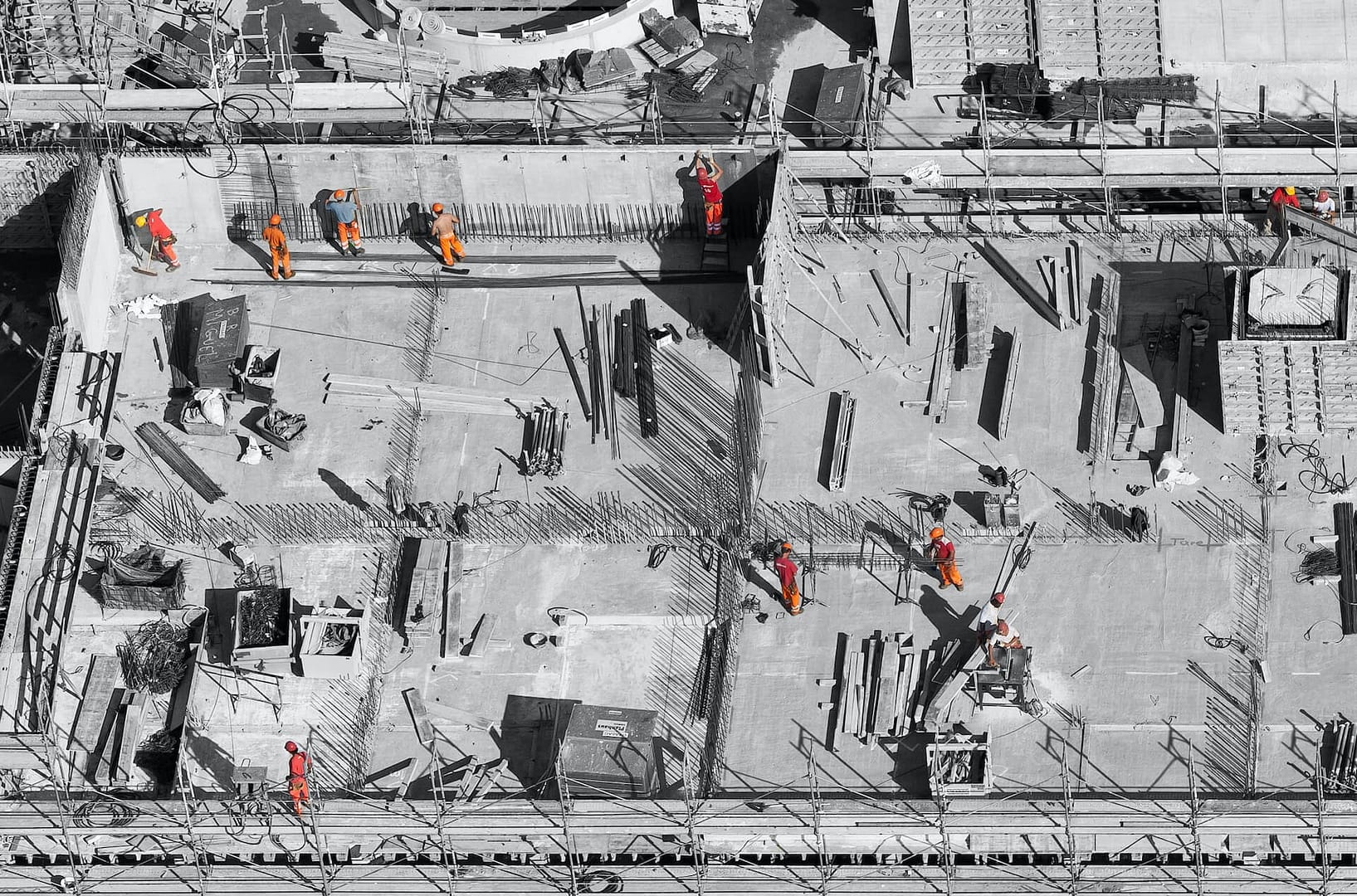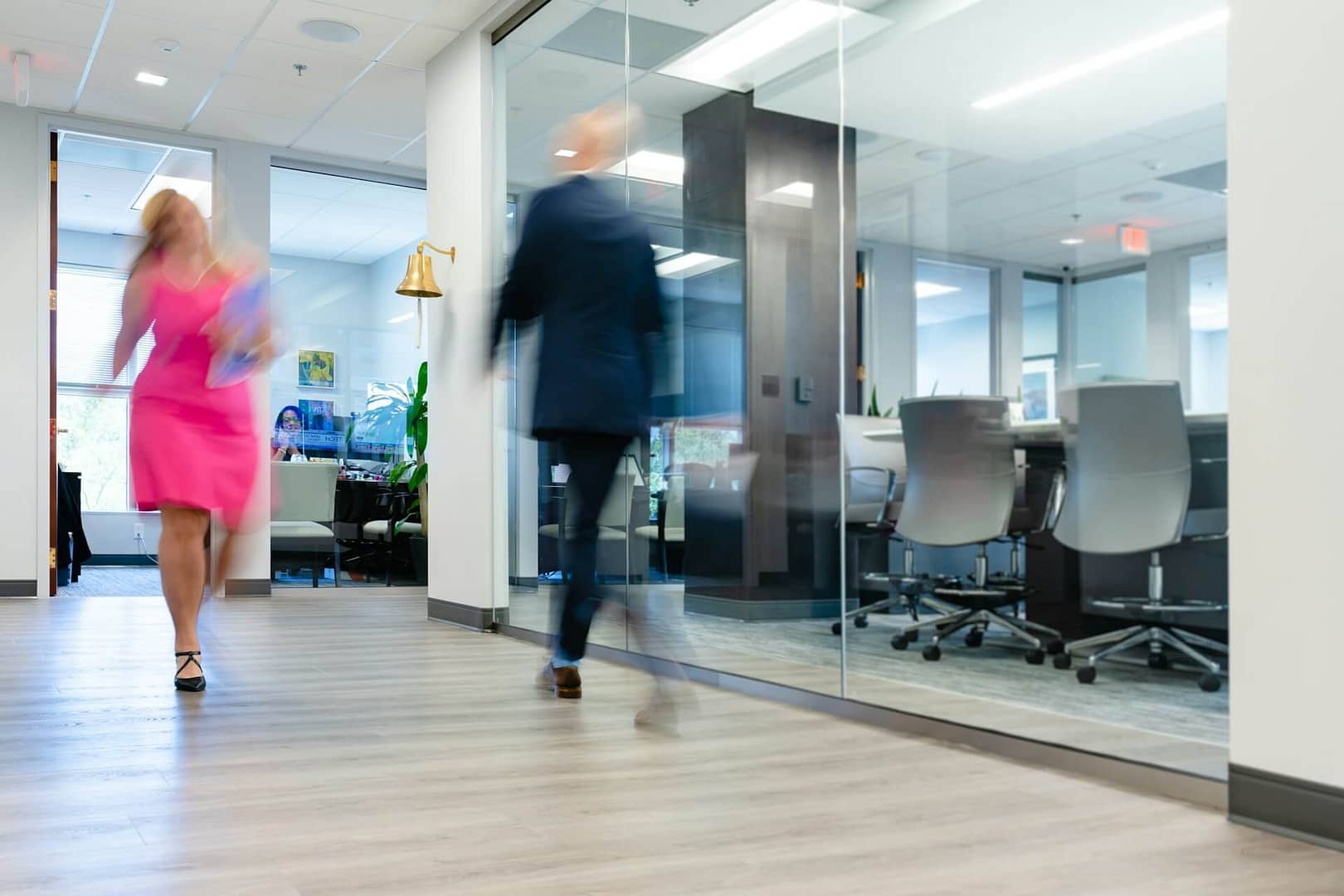In the bustling world of today’s workplaces, safety is not just a regulation but a crucial part of the intricate dance of productivity. Balancing Act: Managing Safety in a Fast-Paced Work Environment requires a nuanced approach that marries the need for efficiency with the imperative of maintaining a secure workplace. Let’s delve into this intricate balancing act and explore how businesses navigate the delicate terrain of safety in the midst of rapid workflows.
The Fast-Paced Symphony
Imagine a factory floor where machines hum, workers hustle, and deadlines loom like storm clouds on the horizon. In such a dynamic setting, safety isn’t a static concept; it’s a dynamic symphony that plays alongside the rhythmic beats of productivity. To conduct this orchestra successfully, businesses must acknowledge that managing safety is not a one-size-fits-all endeavour.
A Tale of Two Priorities
Proactive Vigilance
Just as a tightrope walker cautiously takes each step, workplaces must adopt a proactive approach to safety. This involves anticipating potential hazards before they morph into dangers. Regular risk assessments, employee training programs, and the implementation of advanced safety technologies are integral elements of this proactive vigilance. By staying one step ahead, businesses can prevent accidents and create a culture where safety is not just a rule but a shared responsibility.
Reactive Agility
No matter how well a workplace is designed and how thorough the safety protocols are, unexpected challenges can still emerge. Just as a trapeze artist adjusts mid-air to maintain balance, businesses need to cultivate a culture of reactive agility. This means having robust emergency response plans, well-equipped first aid stations, and a team that knows how to improvise when the unexpected occurs. A reactive approach doesn’t negate the importance of proactive measures but complements them, ensuring that the show goes on even when unforeseen disruptions threaten to steal the spotlight.
The Three Pillars of Workplace Safety
Education: The Foundation of Safety
The first pillar in our safety edifice is education. Just as a skilled acrobat masters the intricacies of their craft, employees must be well-versed in the nuances of safety. Regular training sessions, workshops, and accessible safety materials contribute to building a knowledgeable workforce. When everyone understands the risks and the precautions, the likelihood of accidents plummets.
Communication: The Tightrope of Team Coordination
Communication is the tightrope that connects different elements of a workplace. In the fast-paced arena, it becomes even more critical. Employees must feel empowered to voice concerns, report potential hazards, and share insights on safety improvements. A workplace where communication flows seamlessly is akin to a synchronised dance where every move is anticipated, and every participant is in tune with the collective rhythm of safety.
Adaptability: Navigating the Unseen
The third pillar, adaptability, is like the safety net beneath the high-flying performers. In a fast-paced work environment, change is constant. New technologies, evolving processes, and shifting team dynamics demand a safety approach that can adapt on the fly. This requires a willingness to embrace innovation, update safety protocols, and ensure that the safety net remains sturdy even as the landscape of work transforms.
A British Perspective: Safety in the Heart of the Industrial Revolution’s Legacy
As we delve into the intricate dance of managing safety in a fast-paced work environment, it’s insightful to draw inspiration from the UK’s rich industrial history. The heart of the Industrial Revolution, the UK, has been a crucible of innovation and, consequently, a bastion of workplace safety advancements.
In contemporary UK workplaces, the legacy of the industrial past echoes in the commitment to safety. Stringent regulations, robust training programs, and a collaborative approach between employers and employees define the safety landscape. The emphasis on safety isn’t just a legal requirement but a cultural ethos that recognizes the inherent value of each worker.
Navigating the Balancing Act: Practical Strategies
Integrated Safety Technologies
In the quest to manage safety in a fast-paced environment, technology emerges as a stalwart ally. From AI-powered risk assessments to IoT devices that provide real-time monitoring, integrated safety technologies form a formidable line of defence. Embracing these innovations ensures that safety isn’t sacrificed at the altar of speed but is, instead, enhanced by the precision and insights technology can provide.
Empowering Safety Committees
Establishing safety committees within workplaces is akin to having choreographers who orchestrate the safety dance. These committees, comprising representatives from various departments, facilitate a holistic approach to safety management. Regular meetings, open discussions, and collaborative problem-solving empower employees at all levels to actively contribute to the safety narrative.
Celebrating Safety Milestones
Just as a circus celebrates successful performances, workplaces should acknowledge and celebrate safety milestones. Recognizing teams and individuals who prioritise safety reinforces the idea that safety is not a hindrance but a cornerstone of success. It fosters a culture where everyone strives not just to meet deadlines but to do so with an unwavering commitment to well-being.
Making an Accident at Work Claim with National Claims
Navigating the aftermath of a workplace accident can be as challenging as the balancing act itself. In collaboration with National Claims, we explore the process of making a claim. From gathering evidence to understanding your rights, National Claims provides a supportive framework for individuals seeking compensation after a workplace incident.

Conclusion
Balancing Act: Managing Safety in a Fast-Paced Work Environment is not a static routine but a dynamic ballet where each participant plays a crucial role. Through proactive vigilance, reactive agility, and the three pillars of education, communication, and adaptability, businesses can master this intricate dance. The UK’s industrial legacy serves as a testament to the enduring importance of safety, emphasising that in the pursuit of progress, the well-being of the workforce must always take centre stage.
As workplaces continue to evolve, navigating the delicate equilibrium between safety and speed requires a harmonious blend of strategy, technology, and cultural commitment. In this flourishing ballet, where safety and productivity twirl hand in hand, businesses can create not just efficient work environments but thriving ecosystems where the workforce thrives, unburdened by the shadows of preventable accidents.
In the grand theatre of work, let safety be the spotlight that illuminates the path to success, ensuring that every step taken is not just a leap towards productivity but a dance towards a brighter and safer future.
Speak to one of our claims specialists today by contacting us and start your claim.
Click below to see why we are one of the most trusted claims management companies in the UK.

We’re proud of our excellent customer reviews
We thrive on delivering exceptional service and ensuring our clients’ satisfaction. Don’t just take our word for it. Check out some of our independent reviews to see what our clients have to say.
Excellent

This firm is excellent, they sorted out my car pay out and injury claim very fast, they always communicate with you all the time.

My accident case was dealt with confidence and with great result of the outcome, especially James kept me informed all the time.

I was very impressed at the way my inquiry was treated. I was listened to attentively and everything I needed to know was explained to me.






